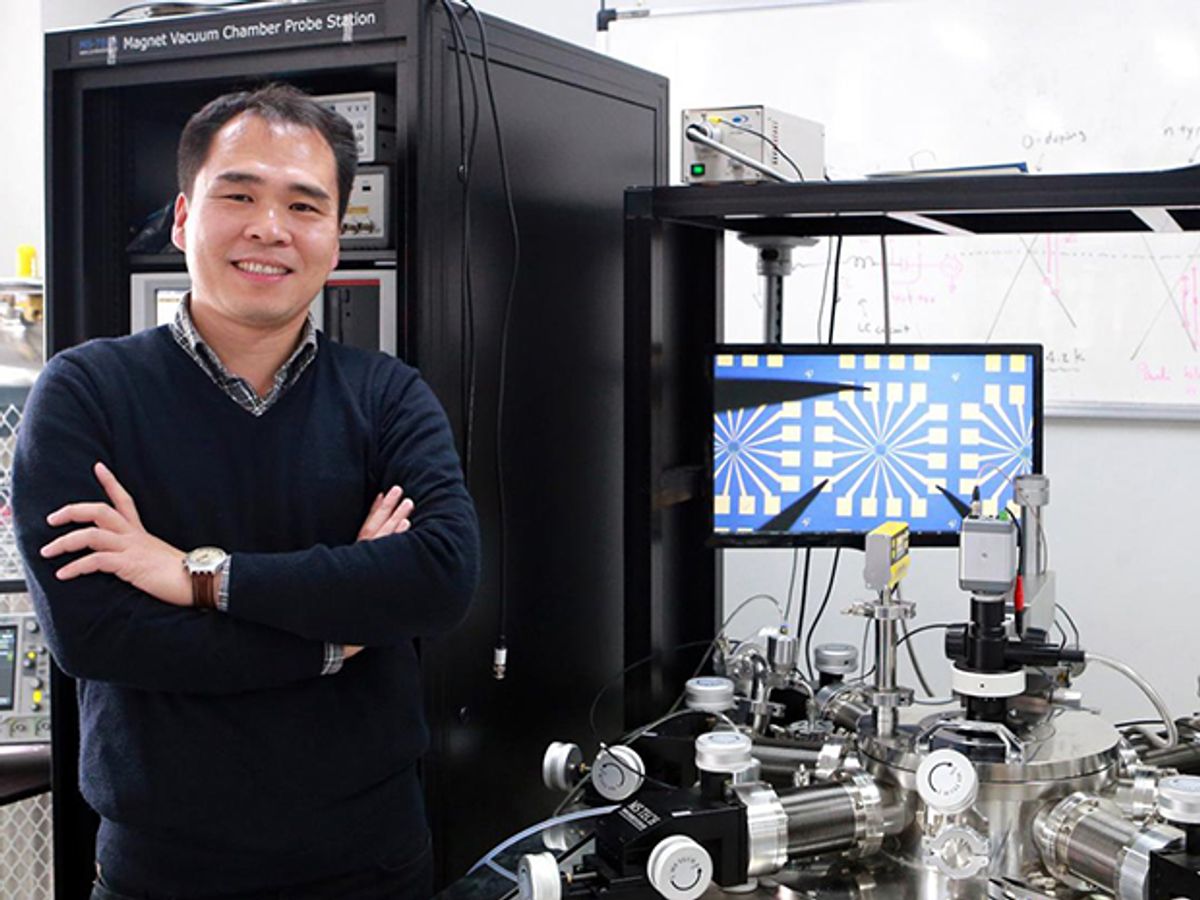While graphene may be losing its luster in the field of digital electronics because of its lack of an inherent band gap, in the world of optoelectronics graphene’s gapless band structure seems to be winning a new set of acolytes. This is seen no more keenly than in photodetectors, where graphene is enabling near-terahertz-speed photodetectors that are more energy efficient.
Now, researchers at the Daegu Gyeongbuk Institute of Science and Technology (DGIST) in South Korea and the University of Basel in Switzerland have developed a new graphene-based photodetector that operates at microwave wavelengths—a departure from graphene photodetectors that detect only optical wavelengths from the near-infrared to ultraviolet light.
“The significance of this study is that we have developed the world's first microwave photodetector using graphene device,” said senior researcher Jung Min-kyung of DGIST, in a press release.
The device can detect 100,000 times less light energy than any existing graphene photodetector.
In research described in the journal Nano Letters, the international team of researchers studied the microwave absorption capabilities of bilayer graphene arranged into p-n junctions—the points at which p-type and n-type semiconductors are joined together to form the basis of many of the electronic devices we are familiar with.
Of course, there has been previous research attempts to study the microwave range in photodetection, but these attempts failed because the microwave on the detector itself had much smaller energy than the surface potential difference caused by the surrounding environment. Those error-causing issues included residues on the surface of graphene that were left behind during its fabrication.
To overcome that problem, the researchers essentially created a bridge over troubled water. They separated the graphene-based p-n junction from the substrate by creating a bridge-like structure that suspended the p-n junction above the substrate. This bridge essentially allows the electrons to flow without bumping up against the obstacles created by the residues on the device.
The researchers were able to confirm that they had in fact produced a microwave photodetector by detecting a photocurrent through the measurement of the temperature differences between the electrodes. Basically, as the electron-hole pairs were increasingly being produced in the graphene p-n junction, the temperature of the p-n junction increased.
The researchers seem to be considering this microwave photodetector for use in wearable devices and flexible displays. Jung Min-kyung added: “We will carry out further research to improve the performance of wearable devices and flexible displays by developing new application devices such as a large-area microwave photodetector using a single device based graphene.”
Dexter Johnson is a contributing editor at IEEE Spectrum, with a focus on nanotechnology.



